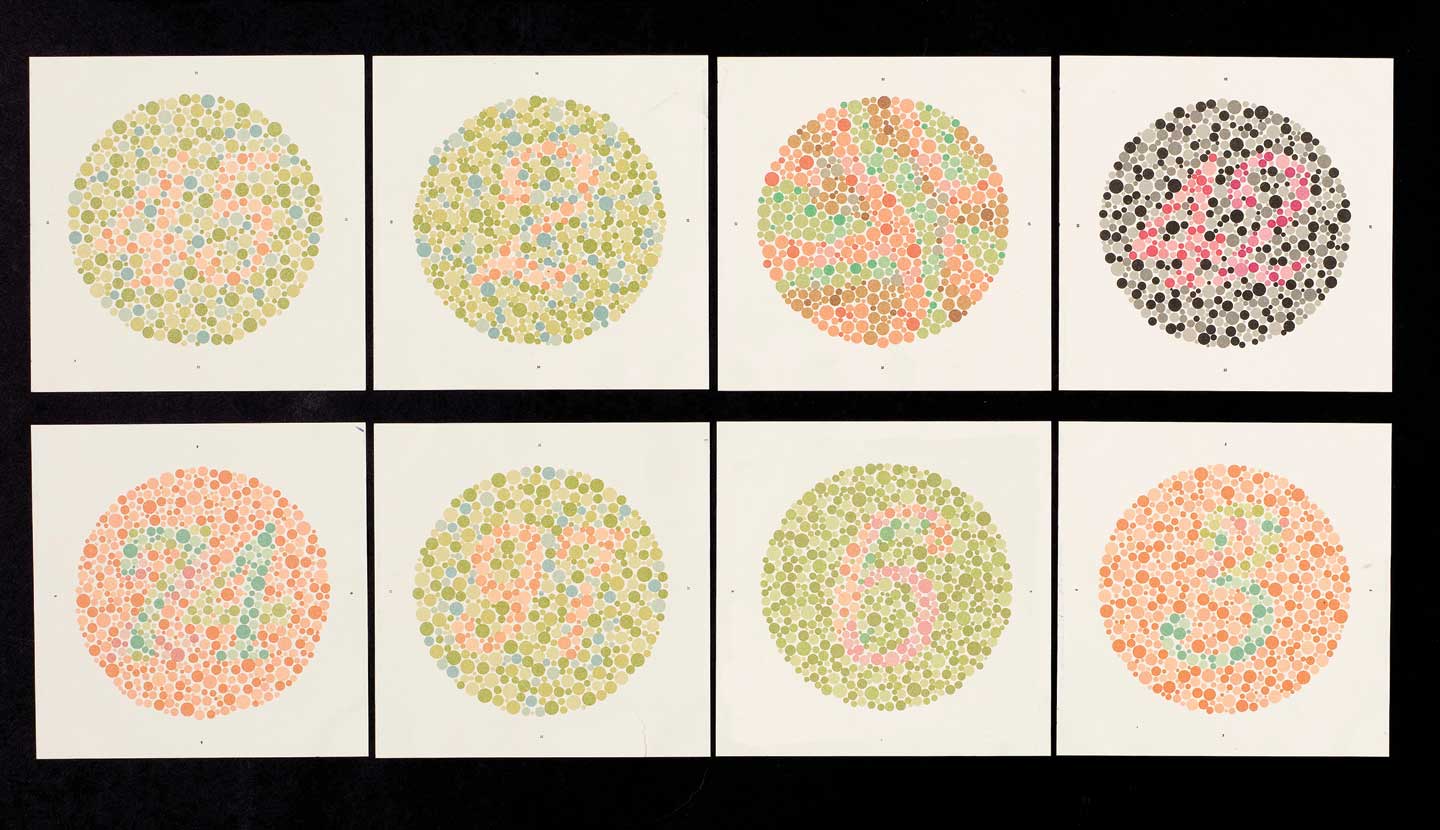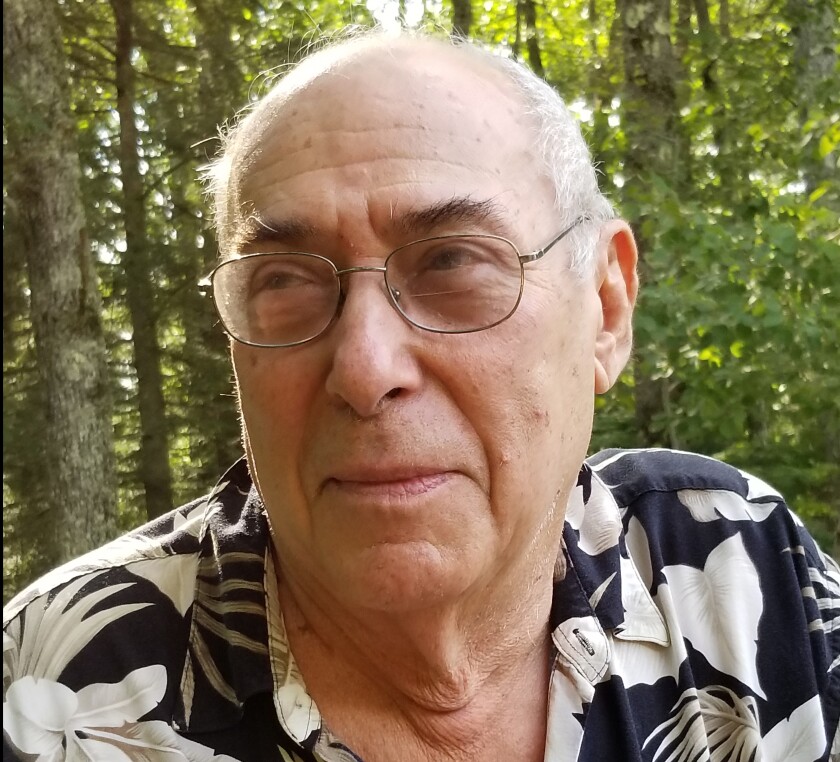Saugus High School shooter who killed two on his 16th birthday named as Nathaniel BerhowPosted in Articles, Asian Diaspora, Campus Life, Media Archive on 2019-11-14 23:35Z by Steven |
Saugus High School shooter who killed two on his 16th birthday named as Nathaniel Berhow
Metro UK
2019-11-14
Jimmy McCloskey, U.S. News Editor
New York, New York
A schoolboy who shot two schoolmates dead on his 16th birthday has been named as Nathaniel Berhow.
Berhow walked into Saugus High School in Santa Clarita, California on Sunday [Thursday] and shot five schoolmates.
He then turned the semi-automatic pistol on himself in a communal indoor ‘quad’ area inside the building, which sits around 30 miles north of downtown Los Angeles.
Santa Clarita Valley [Los Angeles County] Sheriff Alex [Villa]Nueva says Berhow is gravely ill in hospital. But police sources have told NBC4 that the shooter is actually brain dead, and only attached to a life support machine while his organs can be harvested for donation.
Two of his victims – a 16 year-old girl and 14 year-old boy, have since died in hospital…
Read the entire article here.









